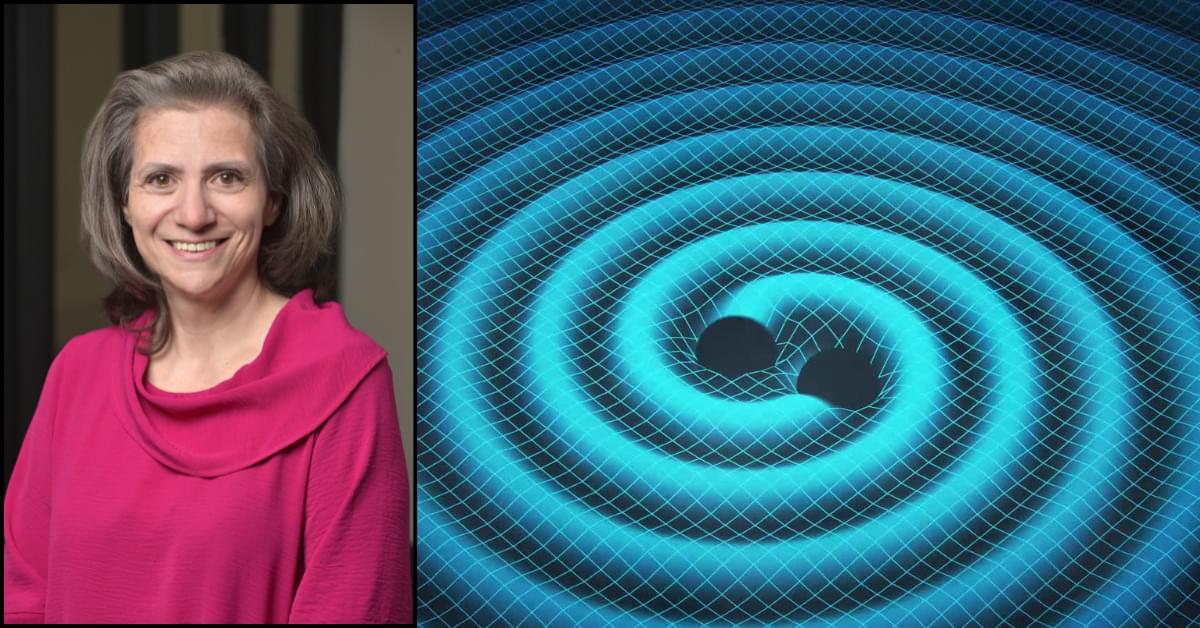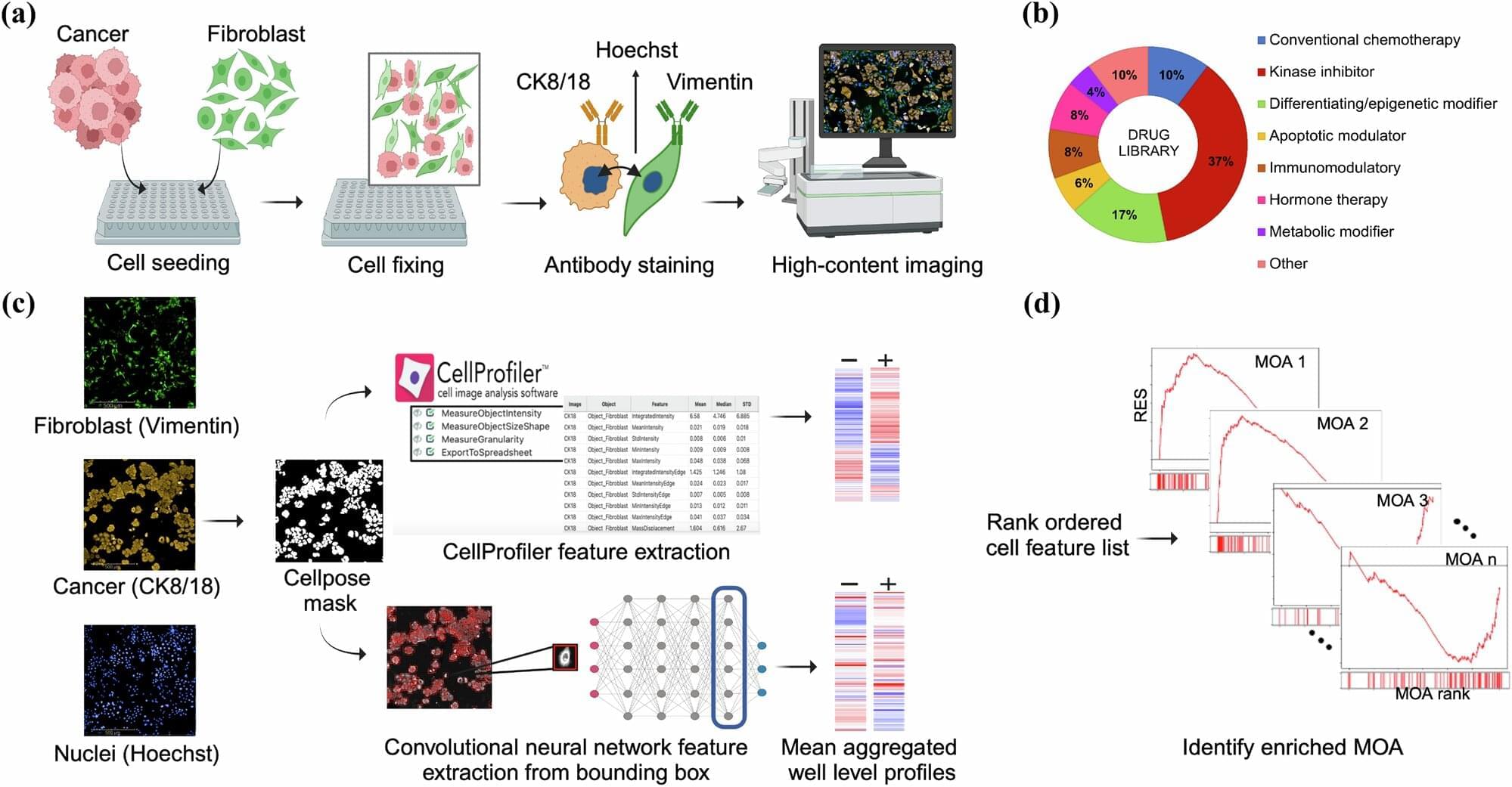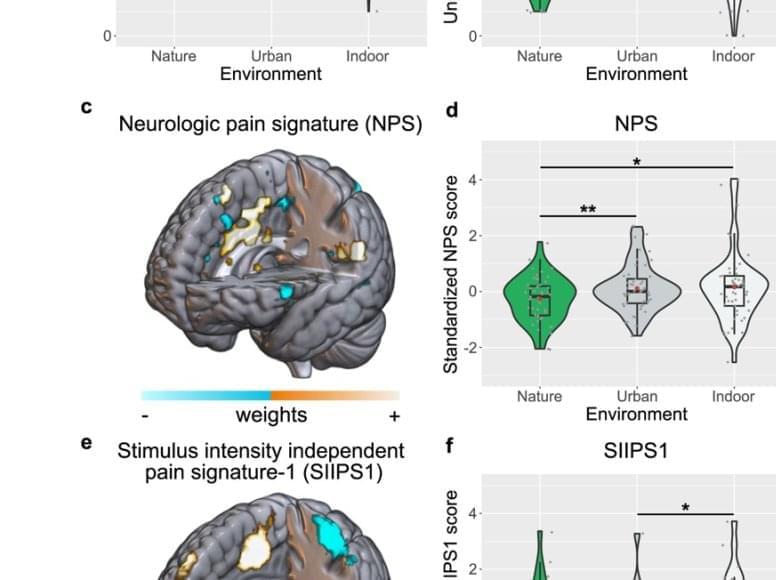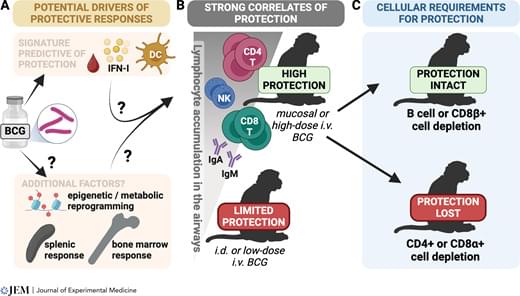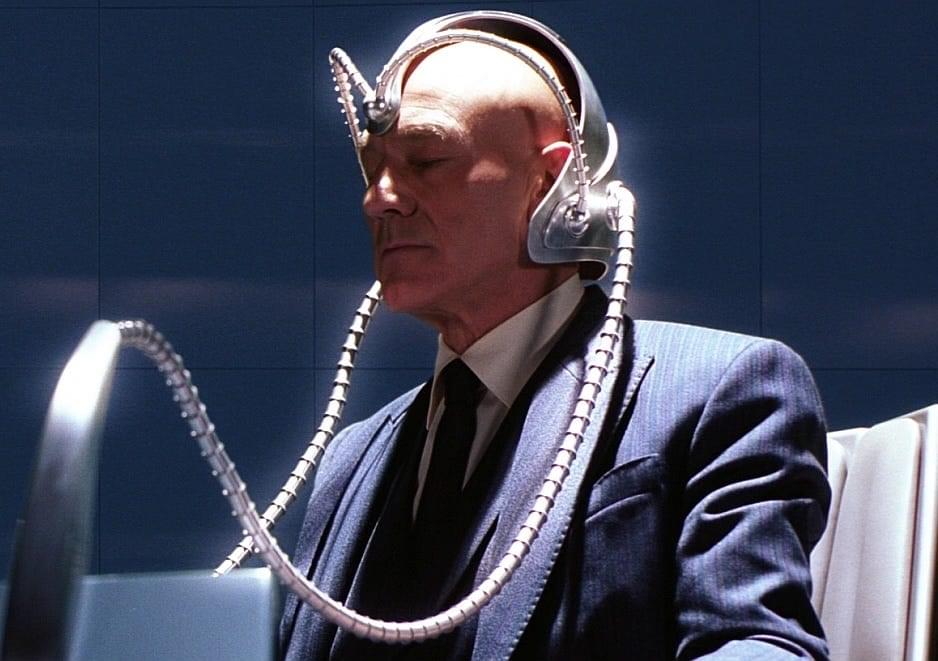A new neuroimaging study has revealed that viewing nature can help ease how people experience pain, by reducing the brain activity linked to pain perception.
Published in the journal Nature Communications, the research offers a promising foundation for new types of non-pharmacological pain treatments.
Using an fMRI scanner, researchers monitored the brain activity of 49 participants in Austria, as they received pain delivered through a series of small electric shocks. When they were watching videos of a natural scene compared to a city or an indoor office, participants not only reported feeling less pain, but scans showed the specific brain responses associated with processing pain changed too.
The study used advanced machine-learning to analyse the brain networks related to pain processing. The team discovered that the raw sensory signals the brain receives when something hurts were reduced when watching a carefully designed, high quality, virtual nature scene. The study confirmed previous findings that suggest nature can reduce subjective reports of pain, and also marks the first clear demonstration of how natural environments influence the brain, helping to buffer against unpleasant experiences.

